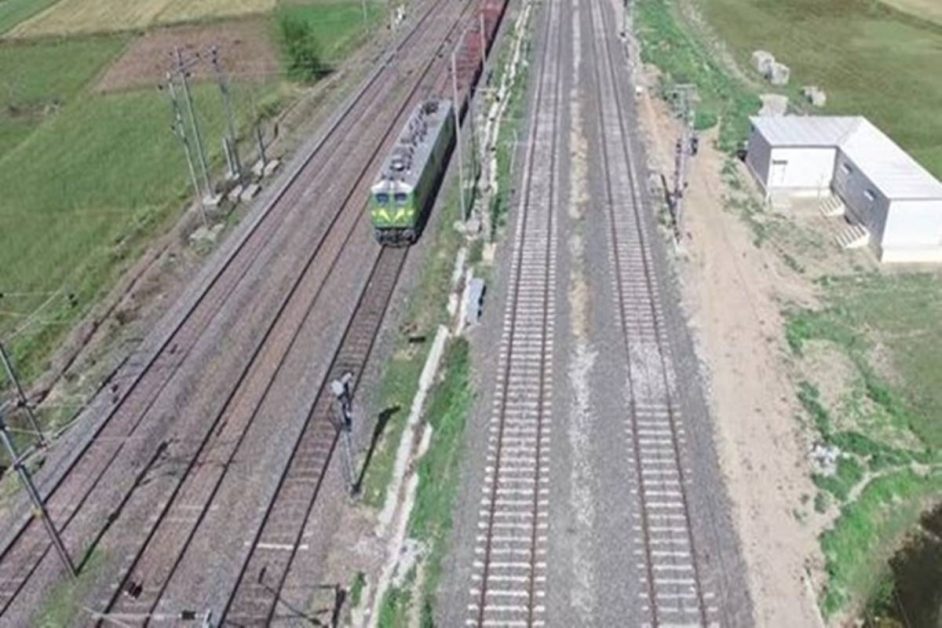Cost overruns and execution challenges still persist. According to the June 2023 report released by Ministry of Statistics and Programme Implementation which scrutinizes infrastructure projects valued at Rs.150 crore or more. 393 infrastructure projects have witnessed cost overruns and 815 projects have faced delays. As per the report, “Total original cost of implementation of the 1,643 projects was Rs.23,86,687.07 crore and their anticipated completion cost is likely to be Rs.28,51,556.84 crore, which reflects overall cost overruns of Rs.4,64,869.77 crore (19.48 per cent of original cost).”
The data indicate that a deeper engagement of all the key stakeholders is required. For instance, the development of dedicated freight corridors which aims to grow rail’s share in freight transportation involves nine states and as many as 72 districts. According to media reports, 73.5 per cent of the DFC has been commissioned till May 2023. But, the project witnessed delays and received five extensions till 2022. The decision makers in the government must be taking learnings from the experience and putting them into action while planning, financing and executing other critical infrastructure development projects. Brining agility during the approval to implementation phase is critical. One of the ways could be to designate some projects like DFC as projects of national importance and have a fast track single window clearance for them whether at Central level or State level.
The process of transforming India from multiple isolated pockets of growth to a robust growth engine is underway. However, to achieve that goal, there has to be a seamlessness in the domestic logistics infrastructure. At a time when the India growth story is gaining momentum, an integrated logistics landscape acts as a great enabler for the traders, entrepreneurs as well as small and big manufacturing companies to access markets across India and beyond borders efficiently and sustainably. Connectivity-gaps and congestions, be it on roads, railways or waterways or at ports, are detrimental to growth. While developing Vadhavan Port in Maharashtra or highways or corridors across India, the concerned authorities need to leverage technologies such as geospatial imagery or photogrammetry to attain precision in building a truly integrated logistics infrastructure with strategic capital deployment.







